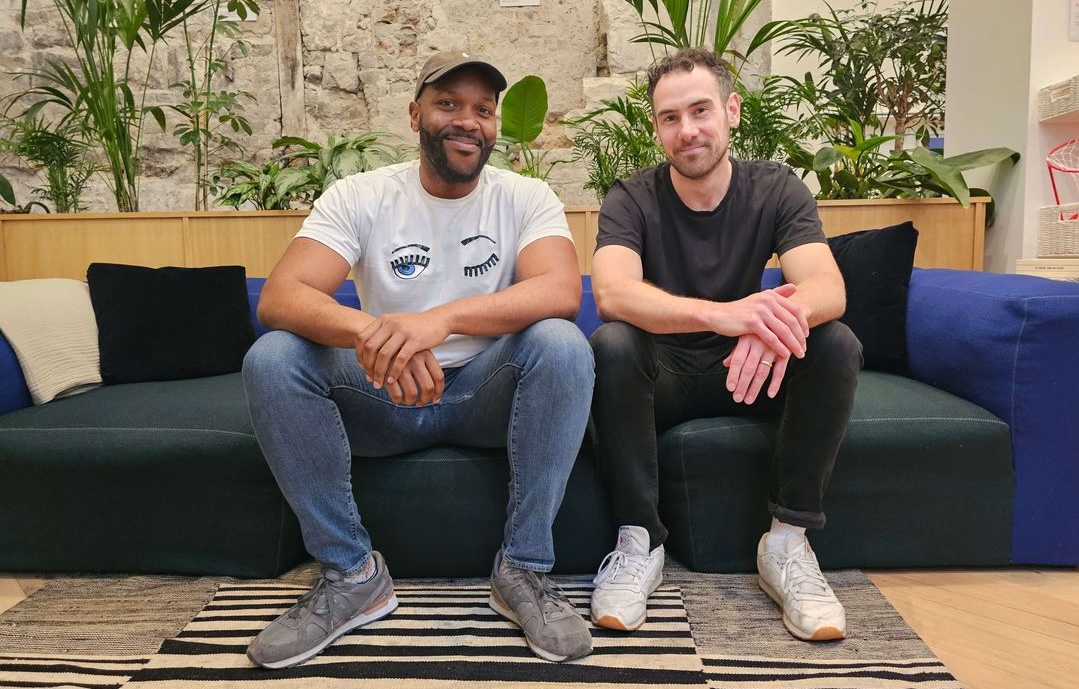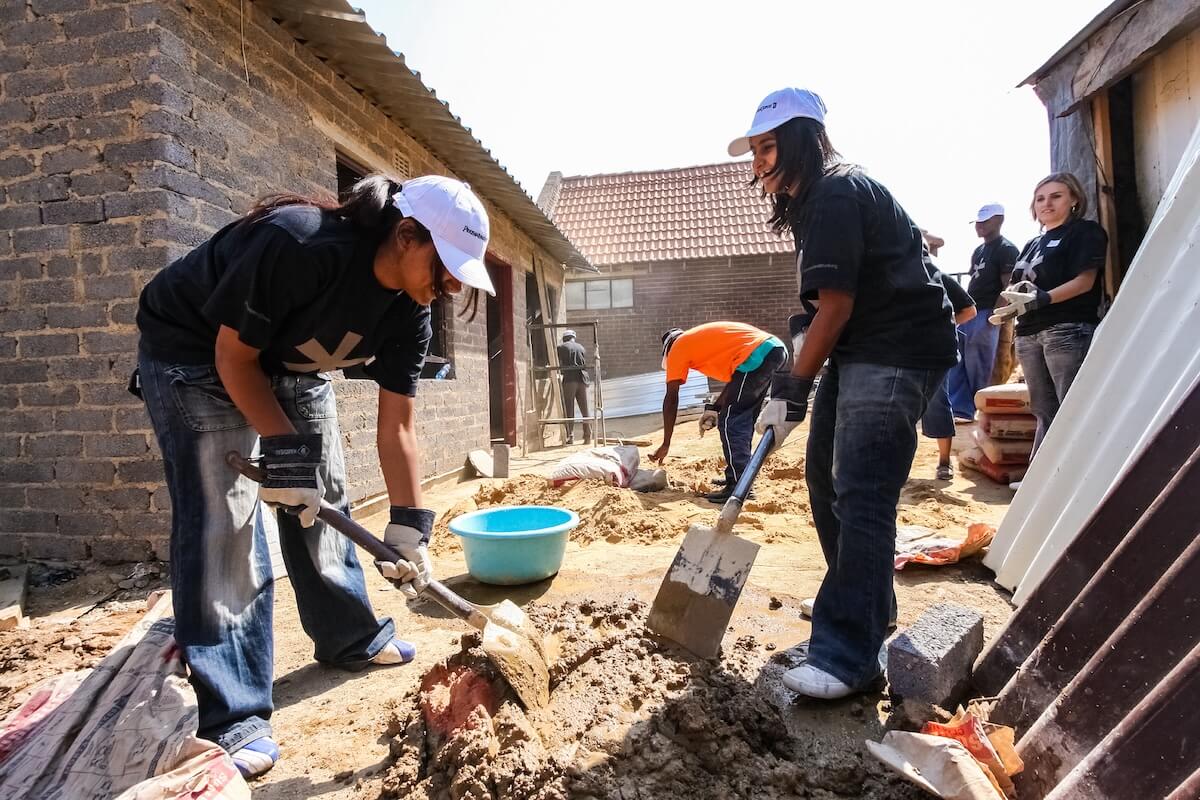Greetings, ImpactAlpha readers!
#Featured: Open Mic
What Alaska’s oil dividend can teach us about Universal Basic Income. One of the most intriguing sections of Hillary Clinton’s new campaign memoir, out today, details her interest in providing every American with a modest basic income every year. The model for the plan is the dividend to be paid next month, like every October, from the Alaska Permanent Fund to any man, woman, or child who has lived in Alaska for at least a year. The payment of around $8,000 for a family of four is a real-world example of a Universal Basic Income, an idea that is attracting attention as incomes stagnate and jobs disappear.
Not enough is known about the outcomes of such programs, especially in advanced economies. The Omidyar Network commissioned a survey of over 1,000 Alaskans, who have been receiving the no-strings-attached payments since 1982. Among the findings: nearly all Alaskans use the dividend for essentials, emergencies, or for future needs, such as retirement or education. And almost none said the dividend makes them work less. Instead, more than one in 10 said the dividends made them more likely to take risks, learn new skills, or start new businesses.
“We are not yet convinced that Universal Basic Income is the best possible solution to income security challenges, but we believe it’s an idea that merits testing,” write Omidyar Network’s Mike Kubzansky and Tracy Williams. “The view from Alaska carries lessons for how cash transfer programs can help Americans achieve greater economic stability.”
Read, “What Alaska’s oil dividend can teach us about Universal Basic Income,” from Omidyar Network’s Mike Kubzansky and Tracy Williams on ImpactAlpha:
What Alaska’s oil dividend can teach us about Universal Basic Income
#Dealflow: Follow the Money
Emerson Collective to incubate innovation in immigration advocacy. With the fate of DACA uncertain, Laurene Powell Jobs’s Emerson Collective is setting up an Immigration Innovation Incubator to support services, advocacy and political action for U.S. immigrants. Forty million immigrants make upmore than 13% of the U.S. population and account for 15% of GDP. “Innovators must develop and accelerate solutions that enable immigrants to thrive in the United States,” the Emerson Collective declared. The philanthropic investment firm also supports Unshackled Ventures to invest in foreign-born entrepreneurs and supports their visa applications. The new incubator will enroll at least three startups in the two-year program. The ventures will get access to Emerson staff and field experts and be paid$80,000 a year, plus a $7,000 health-care stipend. Applications open Sept. 25 and close Oct. 20. Prepare your submission.
Kings Learning raises $2.5 million for low-income Indian learners. The Bangalore company’s game-based teaching app helps underprivileged students develop spoken English skills to land jobs in India’s booming knowledge economy. The app, called Enguru, offers instruction in 28 of India’s regional languages, including Malayalam, Tamil and Kannada. “The focus of Enguru is to help people practice conversational English in a workplace setting,” like conducting a shop transaction or speaking with a manager, saidKings Learning’s Arshan Vakil. The app launched in 2015, has been downloaded two million times and has 120,000 active users. The company raised $2.5 million from an investor group led by Dell Foundation, whose India Educational Investment Fund assists education startups. The Foundation recently backed NEST to expand learning centers for primary school students.
U.K. waste-to-energy plant lands $275 million in debt financing. U.S.-based Wheelabrator and U.K. energy company SSE are constructing a 70-megawatt plant in Yorkshire, in northern England, to treat up to 675,000 tons of waste each year and power 118,000 homes. The plant, Ferrybridge Multifuel 2, is backed by a consortium of funders that includes the Green Investment Group, which has committed £38 million ($50.5 million), Mitsubishi UFJ Financial Group, Credit Agricole, Investec, and Banco de Sabadell. The plant is set to be completed in 2019; a companion plant, Ferrybridge Multifuel 1, came online in 2015. Waste for the new plant will be supplied via long-term contracts with waste management companies.
See all of ImpactAlpha’s recent #dealflow.
#Signals: Ahead of the Curve
Québec’s largest pension fund turns to carbon budgets to address climate risks. Investment managers at Caisse de dépôt et placement du Québec have a new tool to help them account for the increased financial risks posed by climate change: Carbon budgets. These “budgets” allow managers to allocate a specific amount of carbon-dioxide emissions that might result from an investment decision, effectively setting limits on the carbon footprint of a manager’s portfolio. Within the carbon budget, “you have to make choices as to where you invest and how you invest because what we invest in has carbon consequences, which we have to think about,” said Michael Sabia, president and CEO of the fund, which manages $223 billion in public pension and other assets. Climate change has financial repercussions, Sabia said, and should be addressed like any other risk. “For a long-term investor, climate change is going to introduce another level of risk, another dimension of risk, into our decision-making,” Sabia said at an impact investing panel discussion in Montreal last week. Canada’s environmentalists are skeptical and want a clearer signal that the fund is moving to divest from fossil fuels. According to Karel Mayrand, an executive director of the David Suzuki Foundation, Caisse has increased investment in fossil fuels over the last year to 18 months. “We understand that you cannot [divest] overnight,” Mayrand said. “We’re willing to work with them and I think they’re ready for that.”
#2030: Long-termism
Made in China, by robots. Two years ago, China laid out its ambitious “Made in China 2025” plan to shift from low-value to high-value manufacturing, including electric cars, robotics and artificial intelligence. To compete globally, says a recent report from Berlin-based Mercator Institute for China Studies, the country needs to replace its aging, labor-intensive factories with modern industrial production. “Progress and prosperity cannot be based on rusting factories and manual labor,” the report says. To that end, and to respond to soaring factory wages, China is ramping up efforts to expand production of industrial robots and to set up smart factories that operate without human intervention.
So China needs robots. Lots of robots. Robots to build other robots (and more to care for elderly humans). The country is already the world’s largest buyer of industrial robots, but trails other advanced nations in the number of robots per human employee. The International Federation of Robotics (IFR) forecasts sales of robots in China could increase by more than 15% a year from 2018 to 2020. A good number of these will be home-grown: China aims to manufacture at least 100,000 industrial robots a year by 2020, overtaking Japan, Germany, and the U.S.
“China is by far the biggest robot market in the world regarding annual sales and regarding the operational stock,” said Joe Gemma, IFR’s president. “It is the fastest growing market worldwide. There has never been such a dynamic rise in such a short period of time in any other market.” The World Robotics Report 2017 will be released on September 27th.
Onward! Please send any news and comments to [email protected].











